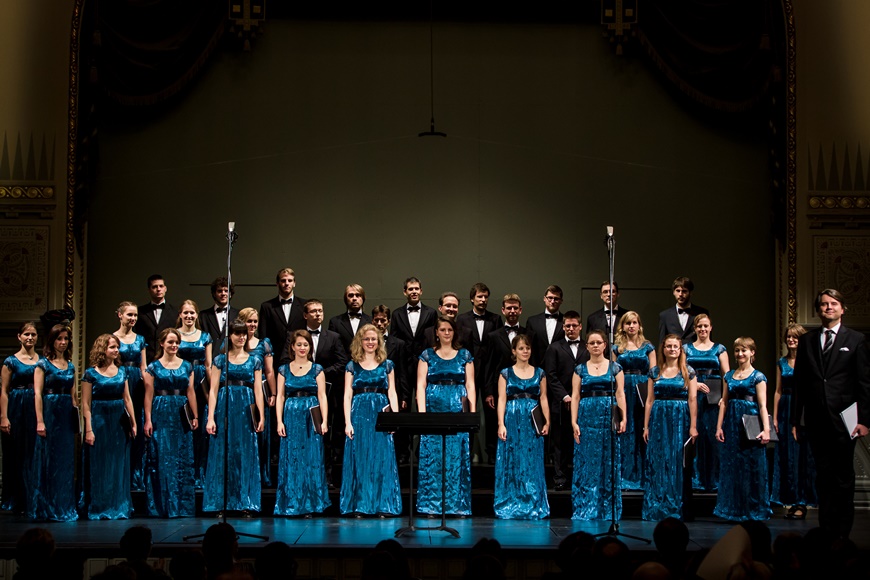‘Resident’ at the Liszt Academy
An increasing number of concert halls and cultural institutions have their own resident ensembles. ‘Residence’ can be permanent or temporary: whereas the former category generally includes ensembles that are an integral part of the given institution (for example, the Orchestra of the Hungarian State Opera House), in the latter case any ensemble can hold the title for a fixed term, typically for one or two seasons.
The Liszt Academy is issuing a temporary resident orchestra title from autumn 2017. Since the Academy is not only an important European concert venue but a distinguished institution of higher education, the role of permanent resident orchestra is taken by the Liszt Ferenc Academy of Music’s symphony orchestra, membership of which changes with the student roll. The orchestra have rehearsed and performed in the building on Liszt Ferenc Square since 1909, and there will be no change to this tradition.

Photo: Liszt Academy / László Mudra
However, from this season the institution will also have its own temporary resident orchestra. Symphony orchestras, chamber orchestras, chamber choirs, contemporary formations and string quartets (not to mention other instrumental and vocal chamber formations falling outside these categories) can all tender for the title. The system is based on the principle of mutuality: the ensemble and the university reinforce the prestige of one another. The residents are allowed to bear the title ‘Resident Ensemble of the Liszt Academy’, which the institution proudly displays on concert programmes, posters and in press releases. Naturally, resident status also implies a series of in-house concerts, the programme and performers of which are compiled jointly by the ensemble and the Liszt Academy. The resident ensemble also plays a part in university life; it holds master classes or stages concerts in partnership with students, while in special cases selected students may be permitted to join the ensemble for a concert or even a tour.
The prestigious title for this the inaugural season has been awarded to Kelemen Quartet and New Liszt Ferenc Chamber Choir. The string quartet was founded in 2010 by Barnabás Kelemen, Katalin Kokas, Gábor Homoki and Dóra Kokas (the latter was replaced by cellist László Fenyő in 2014). A noteworthy aspect of the quartet – aside from their numerous international podium placings and concert invitations – is that all three violinists also play the viola, which is why they do not have fixed instrumental settings; they are constantly swapping roles and, for this reason, they have a far better understanding of their repertoire than might otherwise be expected. The New Liszt Ferenc Chamber Choir was also launched in 2010, and its current conductor, László Norbert Nemes, has led the group since 2014. The choir’s objective is to introduce contemporary choral works to audiences in Budapest through the performance of pieces by Hungarian and foreign composers. Both groups have strong associations with the university: among their members are teachers as well as former and current students of the academy. Although this aspect was a factor when it came to selecting the ensembles for the first season, programme director of the Liszt Academy András Csonka does not rule out establishing resident relations with ‘complete outsiders’, perhaps even foreign ensembles, in future.
Minka Benkő


